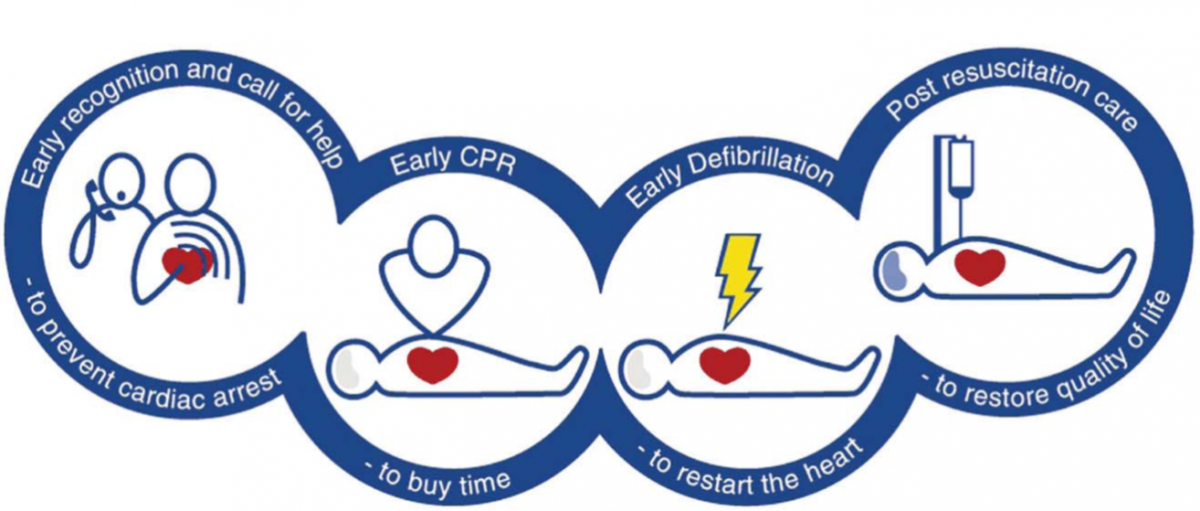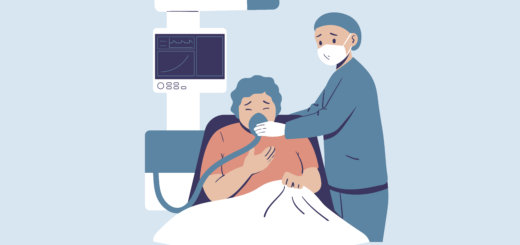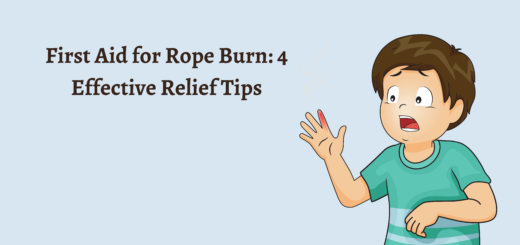What is a Cardiac Arrest?
A cardiac arrest occurs when the heart suddenly stops beating. This results in blood no longer being pumped around the body. This quickly leads to the vital organs (brain, heart) being starved of oxygen.
It is important to remember that a cardiac arrest is not the same as a heart attack. Although a heart attack can lead to a cardiac arrest, they are different medical emergencies.
A heart attack is a medical condition where the blood supply to the heart muscle itself is compromised due to a blood clot. This may go on to lead to a cardiac arrest, but not always.
Causes of Cardiac Arrest in Adults
The leading cause of adult cardiac arrest is Ischemic Heart Disease (IHD). This occurs when the arteries supplying the heart become ‘clogged’ with plaques.
Other causes of cardiac arrest include:
- Heart rhythm disorders
- An enlarged heart (cardiomyopathy)
- Heart failure
- Non-cardiac causes – trauma, blood loss, major infections
If a cardiac arrest occurs, blood will stop circulating around the body. Breathing will also cease as well though it may not stop completely for several minutes.
Adult cardiac arrest – statistics
- 326,000 out-of-hospital sudden cardiac arrests occur annually
- 88% of cardiac arrests occur at home.
- Effective bystander CPR provided immediately after sudden cardiac arrest can double or triple a victim’s chance of survival, but only 32% of cardiac arrest victims get CPR from a bystander.
Surviving Cardiac Arrest
The Chain of Survival describes the key interventions required to help a victim of sudden cardiac arrest. It is vital that EMS is activated immediately and bystanders start CPR. If an AED is available then it should be used as soon as possible.







great subject